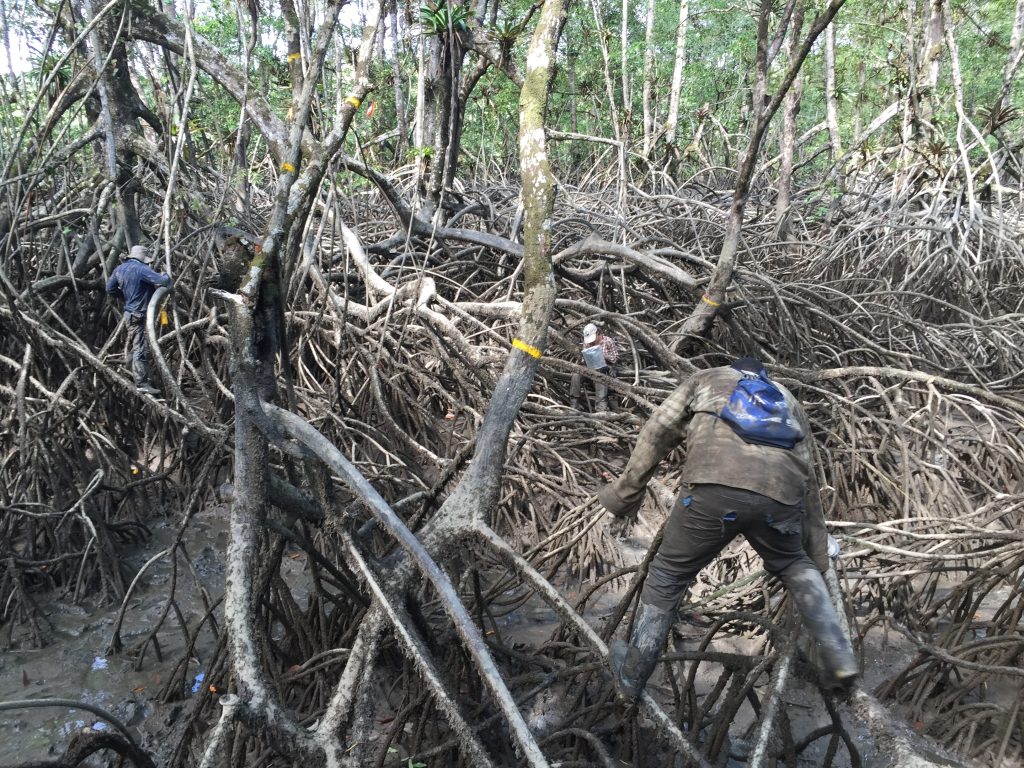“We are going to have a multi-polar sustainable development world. It’s not going to be led perhaps by the United States or by some of the traditional actors.”
That’s how Jeffrey Sachs reflects, in his recent video, on the sudden collapse of many U.S.-funded development programs and the broader geopolitical realignment underway. But how will that realignment play out in practice for international development?
Sachs points to large-scale regional initiatives like the African Continental Free Trade Area (AfCFTA), which unites 55 countries around shared economic goals. He sees momentum building across Southeast Asia, the Middle East, and Latin America. He also praises China’s Belt and Road Initiative (BRI), an ambitious effort to link infrastructure and investment projects across continents.
While Sachs “admires” the BRI, I view it with more caution. The initiative has undoubtedly reshaped global development finance—but often at the cost of saddling countries with unsustainable debt, locking them into opaque agreements, and emphasizing extractive infrastructure over inclusive, community-driven growth. Development that mortgages the future in service of the present is not development worth celebrating.
Still, Sachs is right about the bigger picture. Even as initiatives like the BRI draw critique, they exemplify a broader shift: the world is no longer waiting for traditional donors to lead. Sachs’ observation reflects not only a change in geopolitical dynamics, but also a loosening of the development script—one no longer authored exclusively by the familiar cast of Western donors and Bretton Woods institutions. Countries are forging new alliances, testing new platforms, and imagining new paradigms.
The landscape for non-state international development finance is also shifting. A vital but often overlooked source of development finance is remittances—money sent home by migrants and diaspora communities. I wrote my undergraduate thesis on the potential of the “migrant transnational class” to drive rural development through remittances and social capital, focusing on return migration in Mexico. That research explored how remittances improve livelihoods, fund education, and support local businesses—not just as financial transfers, but as part of a broader ecosystem of transnational engagement. In many regions, they have long outstripped foreign aid in both volume and impact.
That lifeline is now under threat, at least for U.S.-based remitters. As part of the Trump administration’s “One Big, Beautiful Bill,” the U.S. government has proposed a new federal tax on all remittances sent abroad—effectively taxing migrant families twice. In 2024 alone, sub-Saharan Africa received nearly $10 billion in remittances from the U.S.—a figure nearly on par with the total foreign assistance it received before the Trump-era cuts. Countries like Gambia, Liberia, and Senegal, where remittances make up a significant portion of national income, would be especially hard hit (New York Times, June 3, 2025).
Another notable trend is the growing influence of private wealth in shaping the development agenda. States and multilateral institutions have historically dominated this space. While a few large philanthropies—most notably the Bill and Melinda Gates Foundation—have had outsized impact in areas like global health, their overall scale has not yet matched that of state-backed finance.
But that balance may be shifting. As private fortunes—particularly those built in the tech sector—continue to grow, a new class of philanthropic actors is emerging. This trend is likely to accelerate as a handful of major companies consolidate control over the development of frontier Generative AI models, further concentrating global wealth and influence in an already narrow segment of society. This concentration not only shapes who builds the tools of the future—but also who sets the ethical guardrails and development priorities surrounding them. Some, like those aligned with Founders Pledge, are optimistic that tech entrepreneurs can become a transformative force in global development. As the organization puts it: “In our vision of the future, the value created by technology benefits those who need it most.”
Yet not all tech billionaires are channeling their influence in support of international development. Elon Musk, despite being the world’s richest individual, was a driving force behind blanket cuts to U.S. foreign aid—a stark reminder that private wealth is not inherently aligned with global development goals.
While private capital can certainly catalyze innovation, it also risks entrenching the very power imbalances development is meant to dismantle. And unlike centralized agencies such as USAID—which, for all their flaws, offer unified leadership, institutional memory, and a coherent development philosophy—philanthropic giving led by individuals is inherently more fragmented. Its goals, methods, and ideologies vary widely from donor to donor, making it harder to ensure consistent priorities or align efforts across sectors and regions.
In short, development finance in a multipolar world will be messy. With power dispersed across regional blocs, diaspora networks, corporate actors, and tech philanthropists—each with competing priorities and asymmetrical resources—the international development landscape is becoming less hierarchical and more contested. This pluralism presents both opportunities and risks. It opens the door to more locally rooted, innovative approaches, but also raises the specter of incoherence, duplication, and unaccountable influence.
As we enter this new era, goals, methods, and ideologies will continue to diverge—mirroring the broader dispersion of influence in the global order. The challenge will be to embrace this multiplicity without losing sight of shared values, and to cultivate mechanisms that enable alignment when necessary, while leaving space for difference and disruption where it matters most.

